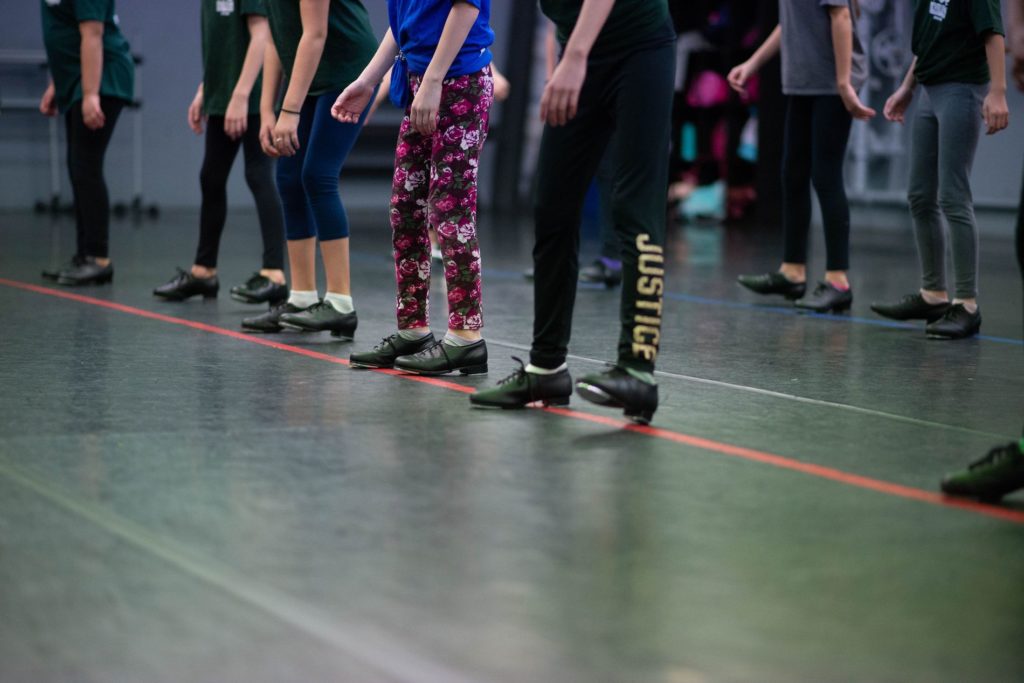Counting music in dance
Dance and music are of course partners in crime, joined at the hip, married for life (you get it). Without music, dance wouldn’t exist and without dance, music wouldn’t have innovated and evolved into its ever-changing incarnations. The two need each other. So it’s fair to say that to understand dance, you have to learn a little something about music. Today we are going to cover one of the fundamentals of dance choreography and music. We’re talking of course about the 8 count dance.
How to use the 8 count
To understand an 8 count in dance you have to know what the name even means. So let’s start at the beginning. In the world of music, the vast majority of styles and songs are in something called 4/4 time. This means that in one measure (or bar, or pattern) of music there will be four beats (the top number) and those four beats will be something called quarter notes (the bottom number). Quarter notes just divide a whole note (which is worth one measure, or bar) into even quarters. And if there are four of them, then it is really easy to count along: one-two-three-four, one-two-three-four. There. That’s two measures (or bars…you get the idea) of 4/4 time, with four quarter beats in each measure.
Therefore, an 8 count dance is a dance pattern which fills two bars of 4/4 time, and the count is simply the number of beats in those two bars. Why two bars? Well, for a lot of reasons. One, it’s easier to fit more unique movements before a change up or repetition in eight beats than it is in four beats. Another reason is that, as was mentioned earlier, dance evolved with music, and a lot of popular dance music, from the blues to jazz, has musical patterns which occur in the space of two or more bars. It also gives the dancer more room for accents, which is just another way of saying “beats that are accentuated.” The 12 bar blues, for example, is a popular form of blues music in which you have three different patterns, each pattern worth four bars of 4/4 time, which resolve and repeat after a total of twelve bars. What makes the music fresh and popular is the choice of accents and instrumentation in that predictable pattern. Similarly when dancing to a 12 bar blues, the dancer knows that they have two 8 counts in each of the three patterns before the song resolves and repeats.
Try it out
If this sounds tricky just remind yourself that it really isn’t. Try this: Put on your favorite simple dance track (or look up a 4/4 dance beat on YouTube), and clap along with the beat, starting at the beginning of the song, or at the beginning of a pattern. Have you made it to four? Good, that’s a measure. Now do that again and you have your 8 count. Easy as Sunday morning.
What makes the 8 count so important is its simplicity and its versatility. Because it is built off of 4/4 time, which is the foundation of almost any style of popular music, an 8 count can be used to choreograph a massively diverse number of moves and styles. It’s at the very beginning of dance language, and is a literal bridge between music and dance, that eternal married couple. Now get out there and count some beats!
Put your newfound knowledge to the test and start taking classes online with CLI Studios today!

